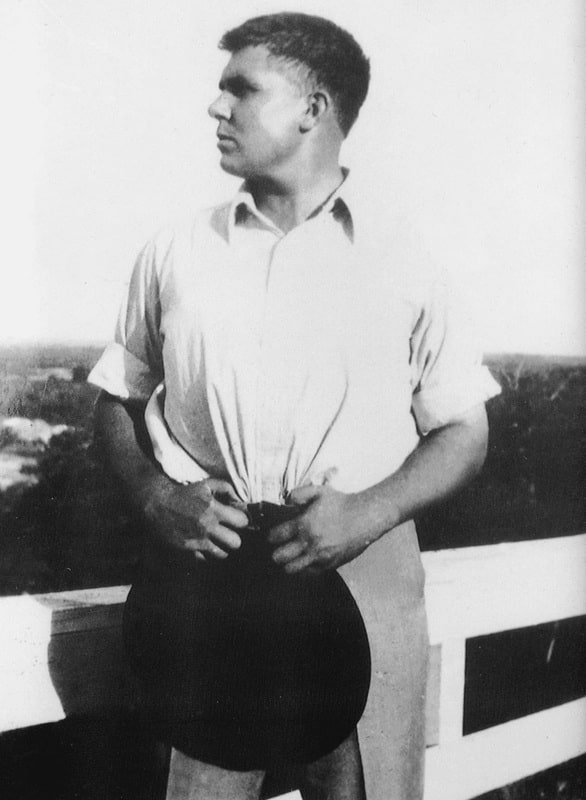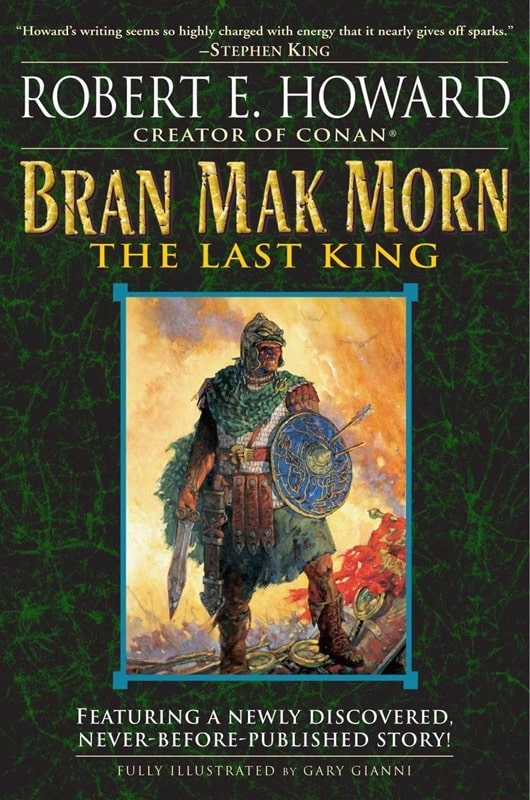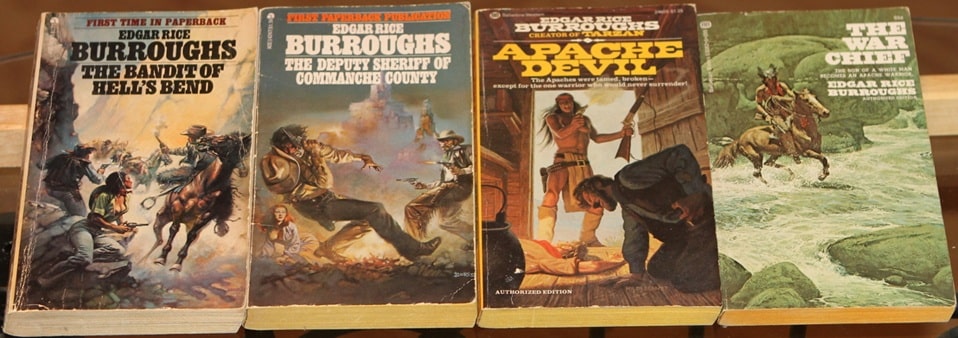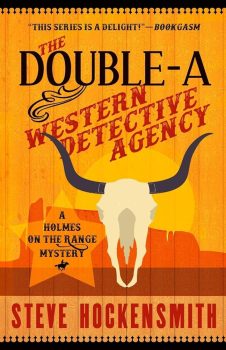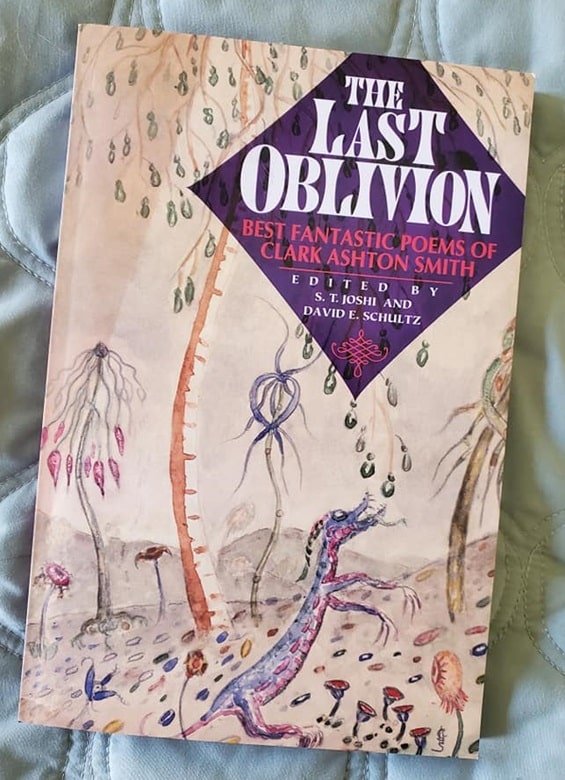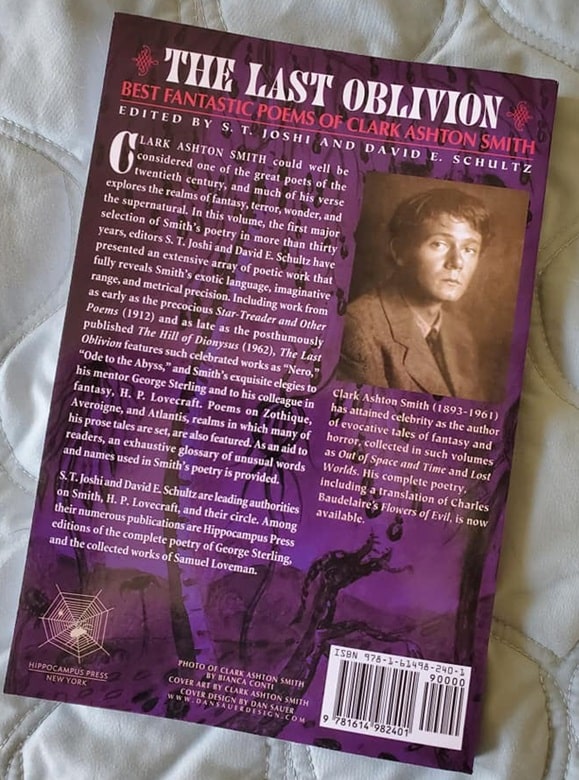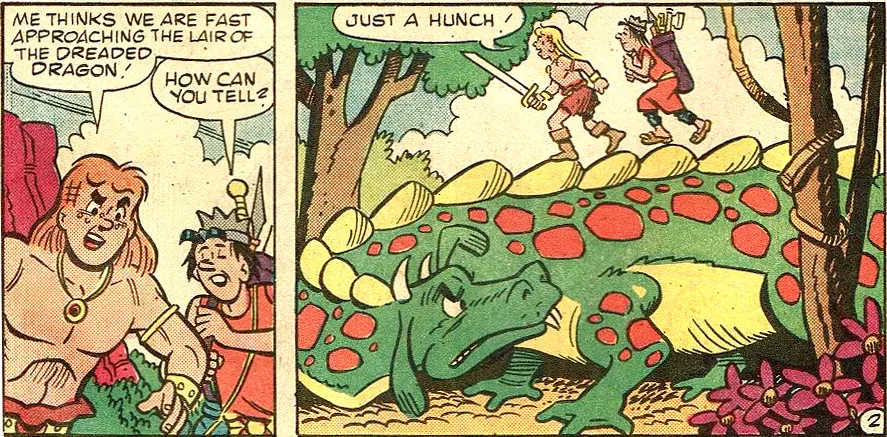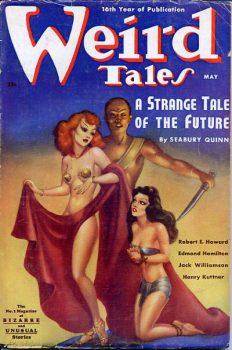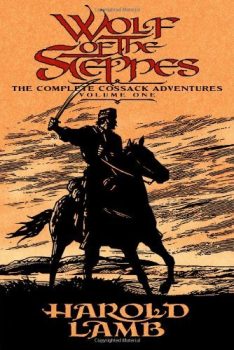 I listen to audiobooks because I can fit them in far easier than I can actual books, to read. But even as my bifocals have to continually work harder, I still enjoy actually reading, be it a physical copy, or on my Fire tablet (I prefer the former, but needs must win out sometimes). So, let’s look at some of what I’ve been reading lately.
I listen to audiobooks because I can fit them in far easier than I can actual books, to read. But even as my bifocals have to continually work harder, I still enjoy actually reading, be it a physical copy, or on my Fire tablet (I prefer the former, but needs must win out sometimes). So, let’s look at some of what I’ve been reading lately.
THE WATERS OF ETERNITY – Howard Andrew Jones
I’ve been talking more about my Black Gate buddy since he announced he is battling brain cancer. As I mentioned last week, I re-listened to his two Dabir and Asim novels. I prefer the short stories, and this collection of six of them is my favorite featuring the duo. While still being sword and sorcery, with elements of the fantastic, these are more mysteries, which is what I really enjoy about the two.
Howard’s a really good writer, he loves these Arabian fantasies, and they mix sword and sorcery with mystery. And the ebook is dirt cheap. You can’t go wrong with this one.
WOLFE OF THE STEPPES – Harold Lamb
Lamb was a prolific Pulpster in the early 20th Century. A historian as well, his adventure stories are detail-filled thrill-rides. There are eighteen tales of Khlit the Cossack, a gray-bearded survivor on the Asian steppes around the start of the 17th Century.
Lamb was a great influence on Robert E. Howard, and Howard Andrew Jones collected all the Khlit stories in four volumes. There are three more books of Lamb’s adventure tales as well. The first story, which was much shorter than the others, didn’t do anything for me. However, the next two were novella-length adventures and much better. Other than REH, I don’t read Adventure stories, but I am enjoying Khlit and will continue on.
…
Read More Read More
